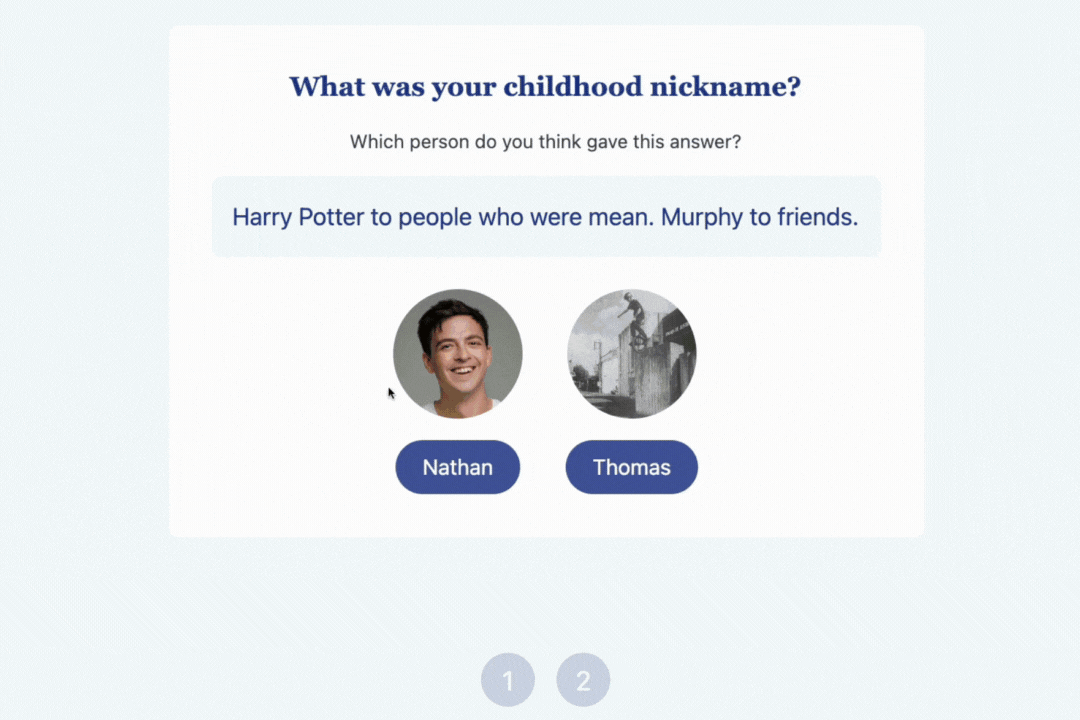If you're tired of board games and charades, we've got some fun indoor team building activities to recommend. In this chapter, we'll go through some of the best indoor team building activities that you can try out.
**Key Takeaways (TL;DR)
- We bring you 21 indoor team-building activities that are practical and easy to set up, including team icebreakers, office trivia, and creative exercises like "Memory Wall" and "Lucky Penny."
- Each activity helps you enhance team bonding, communication, and problem-solving skills in a fun and engaging manner.
- Check out the instructions and materials needed for each activity to implement these activities in various indoor settings.
Sometimes the weather sucks or there are bugs everywhere… and every now and then, there are killer clowns roaming the streets. That doesn't mean you can't do something to build trust or teach company personnel to work together as one team.
| Activity | Participats | Duration | Difficulty |
|---|---|---|---|
| Team Icebreakers | 3 - 15 people | 5 - 15 minutes | Easy |
| Office Trivia | 8 - 100 people | 30 minutes | Medium |
| Lucky Penny | 5 - 20 people | 20 minutes | Easy |
| Memory Wall | 5 - 10 people | 30 - 45 minutes | Easy |
| Team Feud | 6 or more | 20 - 40 minutes | Easy |
| Crazy Eights | 6 - 15 people | 20 - 30 minutes | Hard |
| Key People | 9 or more | 50 - 60 minutes | Hard |
| What Grade Did I Get? | 3 or more | 15 - 30 minutes | Hard |
| Conveyor Belt | 10 or more | 1 minute per person | Medium |
| Forefathers | 4 or more | 30 - 60 minutes | Hard |
Do Indoor Team Building Activities Work?
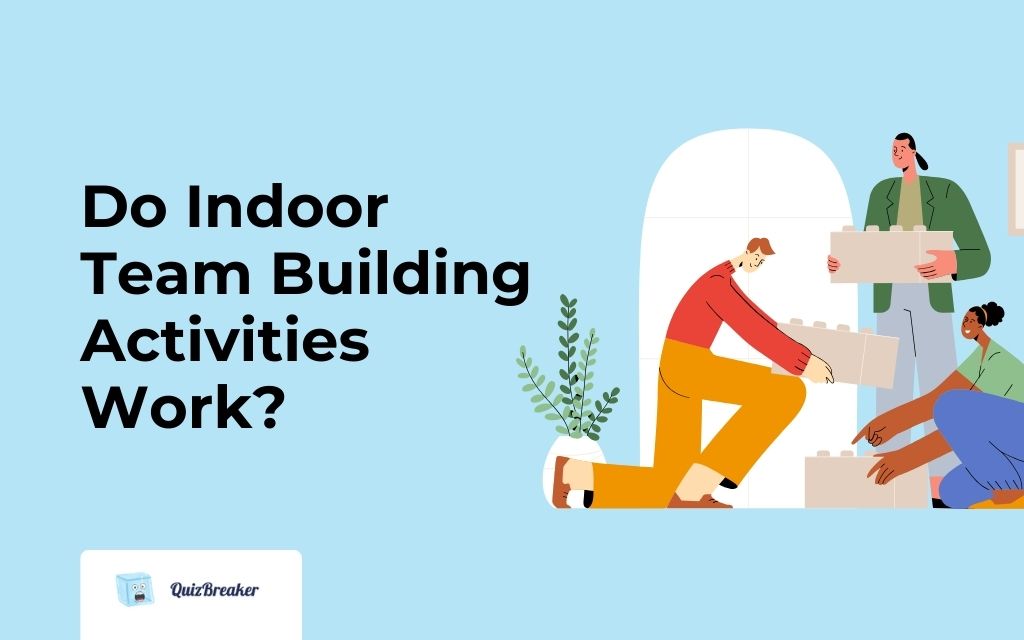
Team building activities don't always have to be obstacle races or trust falls. The entire team can come together for a fun and great way of building camaraderie, creative thinking, team collaboration, problem-solving skills, and communication skills from within an office or conference room.
Protect yourself from all that by holding your next team building event indoors where you have air conditioners, wifi, and you never have to worry about being lost out in the woods at night.
All you really need is a room large enough to hold everyone and you’re all set for a fun team building activity!
If your team is working remotely at the moment then you should take the time to view this guide on virtual team building games and activities for remote teams. In there you'll find 100 ideas with instructions that you can try with your newly remote team.
11 Super Practical Indoor Team Building Activities
We hope you enjoy this list of our 10 favorite indoor activities!
1. Team Icebreakers
Objective: Get to know each other more
Participants: 3 to 15 people
Duration: 5 to 15 minutes
Difficulty: Easy
Running team icebreakers are an easy indoor activity to play with your team. It's also extremely simple: just prepare a list of icebreaker questions and let your team answer them. They can then share their answers with each other so that everyone learns a thing or two about each other.
You can even take it up a notch and turn your team's icebreaker questions and answers into quizzes. We recommend using our toom, QuizBreaker to do that. Why? There are several compelling reasons:
-
We already have a set of really fun questions;
-
The quiz feature gets sent out automatically;
-
The system track scores and run leaderboards;
-
You and your team don't have to worry about submitting or collecting answers and scores;
-
And so many more compelling reasons.
Instructions
-
Sign up to QuizBreaker and invite your team members to join.
-
Have everyone answer the icebreaker questions provided in the game.
-
Set a time and frequency that you want the icebreaker quizzes to go out.
-
Have your team answer the icebreakers. Provide prizes to people who get answers right. We also have a leaderboard feature to help you identify and reward top scorers.
Update: We Do More than Icebreakers!
If you want to try other indoor team building games and activities, you can choose from our list of other great features, including the following:
-
Multiple trivia game player;
-
Online escape rooms;
-
Workstyle personality tests; and
-
Pulse surveys.
2. Office Trivia
Objective: A fun way to have a team competition indoors
Participants: 8 to 100 people
Duration: 30 minutes
Difficulty: Medium
Materials: Preprepared questions and prizes for the winner. You can also use QuizBreaker or TriviaNerd.
We recommend using this activity to introduce new people to their coworkers and to the company. You can use QuizBreaker to run office trivia or try out TriviaNerd as an alternative.
As first impressions have been found to count, it is important that you keep this team building activity fun and engaging to leave a lasting impression of your organization.
Instructions
-
Prepare multiple trivia questions before the activity. For example, ask questions on policies, department locations or questions about group members. Or, if you want to keep the game a bit more light-hearted, focus on topics such as sport or music.
-
Call out the questions, the first person to get the correct answer wins a point.
-
Whoever has the most points at the end of the game is the winner.
-
Top tip: If you have a lot of people then consider dividing everyone into smaller groups and giving each group a fun “buzzer” they can use. The first team to hit the buzzer answers.
3. Lucky Penny

Objective: To get team members to tell stories about themselves
Participants: 5 to 20 people
Duration: 20 minutes
Difficulty: Easy
Materials: Some pennies (more pennies than participants) and a hat
Lucky Penny is a great team building activity for new hires because it gets everyone actively participating and sharing something interesting about themselves, without pushing them too far out of their comfort zone.
It’s chilled out and low-pressure, and that is exactly why we love it.
However, if you get the vibe that your team is shy, we suggest using the second variation of the game where you ask them to say historical facts.
This makes the game a bit more relaxed as the attention is taken away from the employee's personal life.
Instructions
-
Gather together some pennies and place them in a hat.
-
Get people to reach into the hat, grab a penny and share something meaningful that happened to them on the year the coin was minted (this could perhaps be funny if you have a younger team - make sure the coins were minted whilst they were born!).
-
Like previously mentioned, if your new team seems timider, replace the personal stories with historical facts that happened in that year.
4. Memory Wall
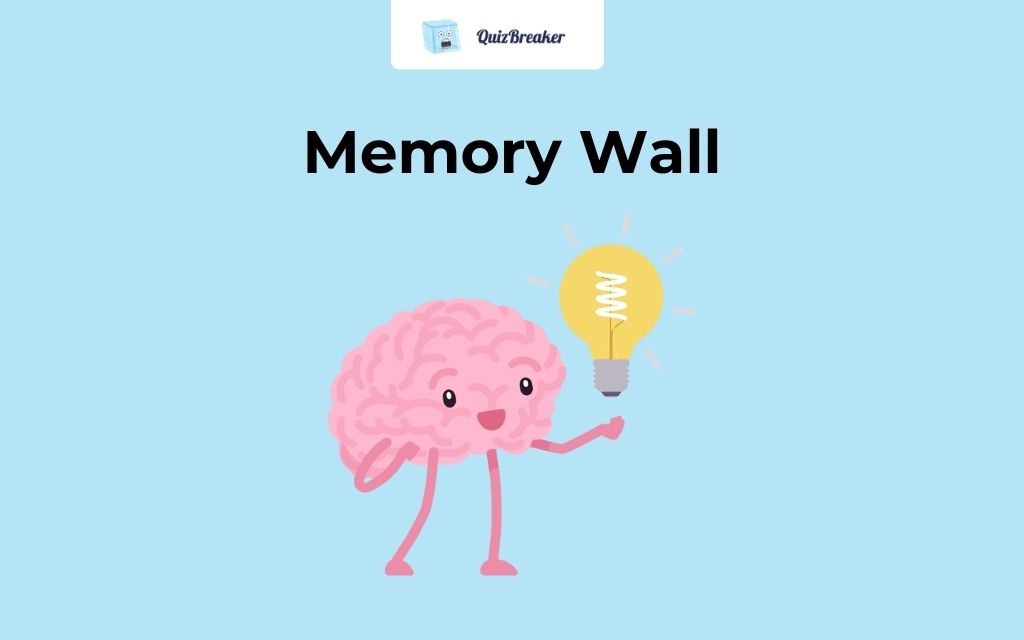
Objective: Deeper formation of relationships within the team
Participants: 5 to 10 people
Duration: 30 to 45 minutes
Difficulty: Easy
Materials: A large piece of paper
This team building activity is excellent at sparking conversation and having people reminisce about the positive times they’ve shared together.
It encourages the formation of deeper team bonds as team members will feel a sense of joy and happiness related to the positive times.
Instructions
-
Write a few work related topics on a large piece of paper (that represents the wall).
-
E.g., my first day at work, or funniest office moment.
-
Gather everybody around and ask them to write down their favourite memory and stick it onto the wall next to the topic.
-
After, select a few at random and get the participant to say why they picked that specific memory.
5. Team Feud

Objective: Getting to know your team better
Participants: 6 or more people
Duration: 20 to 40 minutes
Difficulty: Easy
Materials: Questionnaires (filled out prior), a desk bell and either a chalkboard or a whiteboard
Similar to the old TV programme ‘Family Feud’, this activity should be just as entertaining!
We recommend using this activity with teams who aren’t that well acquainted just yet as it gets them working as a team and having a bit of fun together.
Instructions
-
Before you throw yourself into the game, create a questionnaire that contains questions such as “favourite food”, “favourite colour?” or “worst office task”.
-
Get as many people in the office as possible to answer this questionnaire. Tally up the five most popular answers.
-
Divide participants into groups of around 4 to 6.
-
Set up a table with a bell in the middle.
-
How to play:
-
The players must take it in turns to have a go - only one member from each team must be able to press the bell at any time.
-
Ask the first survey question - whoever rings the bell first must guess the most common answer.
-
If correct, write it down on a whiteboard for everyone to see and give the team a point. Then, player two from each group must now come to the table to press the bell.
-
If incorrect, ask one of the other teams the question, if they get it correct give them half a point.
-
If no one gets it right, move onto the next question.
6. Crazy Eights
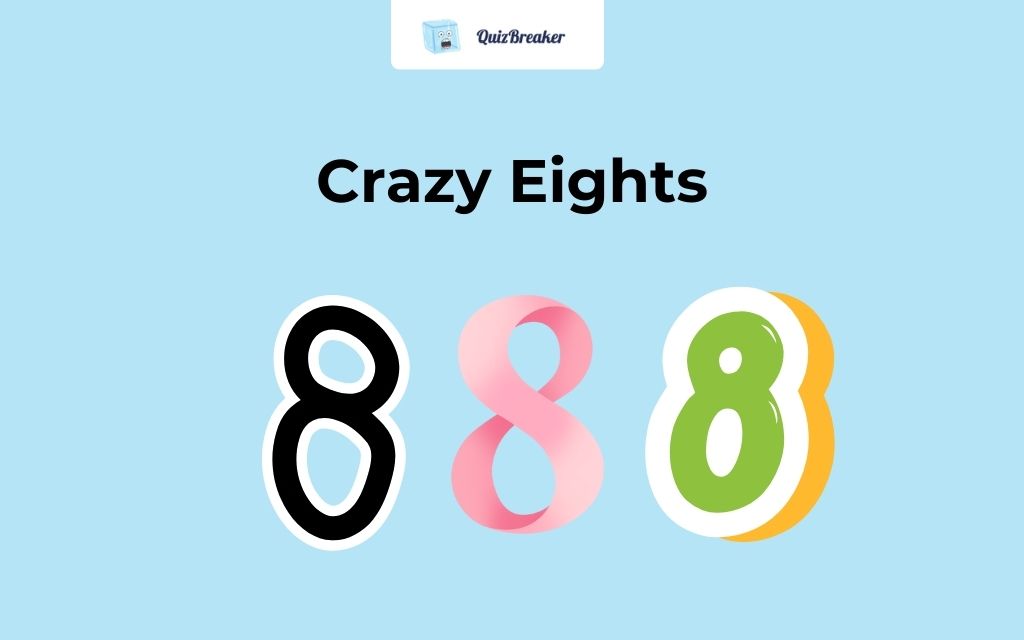
Objective: To improve team building, test memory and improve ability to think quickly
Participants: 6 to 15 people
Duration: 20 to 30 minutes
Difficulty: Hard
Materials: A bean bag
This is a favourite team building exercise of ours because it focuses on teamwork.
Instructions
-
Have your team sit in a circle.
-
Have the first person throw the beanbag at someone else in the circle.
-
Explain the rules: 1) The beanbag cannot go to any person twice; 2) when everyone has had a turn, the last person must throw the beanbag back to the person who had it first; and 3) everyone must work together to keep track of who threw the beanbag to whom. Some members can help team participants who are forgetful keep track of the bean bag's trail.
-
Have the team repeat the pattern they made to see how fast they can do it.
-
Give the team a few minutes to discuss how they can beat the time and ask them what time they think they can do it.
-
Have the team play again, and if they beat the time then the whole team gets a prize (something edible or alcoholic!).
7. Key People
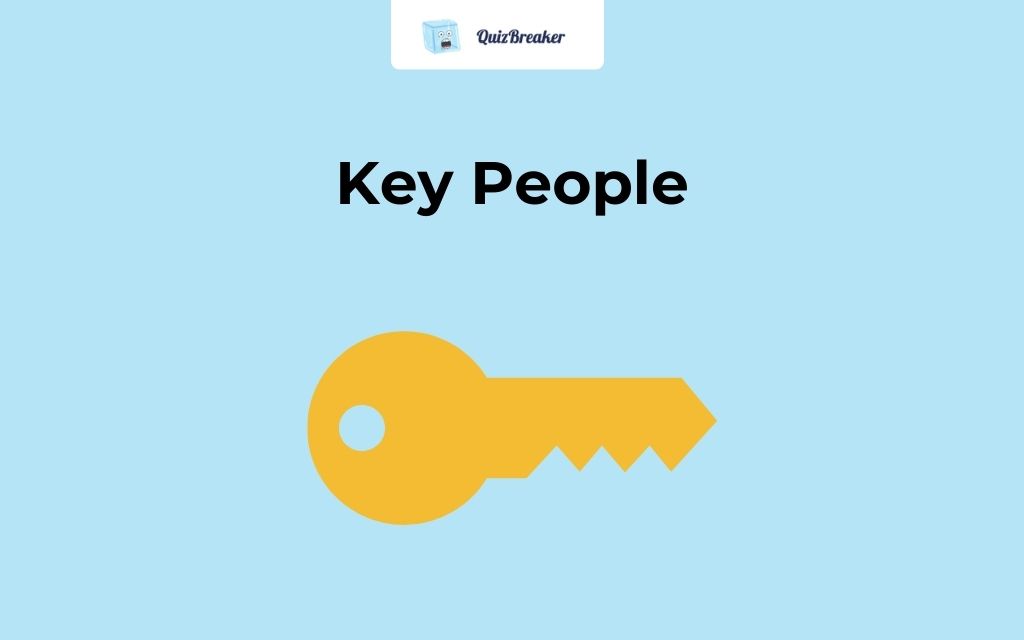
Objective: To aid the team in improving open communication
Participants: 9 or more people
Duration: 50 to 60 minutes
Difficulty: Hard
Materials: Paper and pens
It is really really important to not make this a popularity contest. Everybody, in any organization should be equally valued as we all form different parts of one large machine - a machine won't work (or, at least it won’t work properly), if there are missing parts.
To avoid this becoming a popularity contest, emphasize this exercise on ensuring that everyone knows what type of people are successful in the business, and get them thinking about how they can aspire to be like them.
Instructions
-
Break your team into three small groups.
-
Have the groups each identify key people in the team, or in the organization (these are people who are essential and that provide necessary support and resources to the team).
-
Set a time limit of 5 to 10 minutes. After that participants must come back together and vote on the top three people from each group’s list.
-
Assign on person to each of the small groups and take turns asking them the following questions for each group to answer about the key person they have chosen.
-
Why is this key person so important?.
-
What does the key person do for other members of the team?.
-
What does the key person need from team members to perform their job?.
-
What happens when the team does not work well with this person?.
-
What are the benefits of having a positive relationship with this person?.
-
What happens when this person is missing from work?.
-
Give them about 30 minutes to complete the assignment and at the end of the allotted time, have the teams reconvene and share what the groups came up with.
8. What Grade Did I Get?

Objective: To get team members to self-evaluate
Participants: 3 or more
Duration: 15 to 30 minutes
Difficulty: Hard
Materials: A report card
Perfect for a rainy day, this indoor team building activity is great because it encourages everyone to self-reflect and self-evaluate constructively.
Instructions
-
Create a report card on each participant where they can be graded on ten areas, we suggest adding content like: works well with others, takes initiative, helps others, does more than their fair share, stays late to help; arrives early to work, and as a positive attitude.
-
Each team member grades their own card.
-
Once completed, team members should share their report cards with each other.
-
For a more open activity, have team members pass report cards around and grade each other. However, this version of the activity requires that teams trust each other and feel comfortable working together already. If you have a large group, you can also split participants up.
9. Conveyor Belt
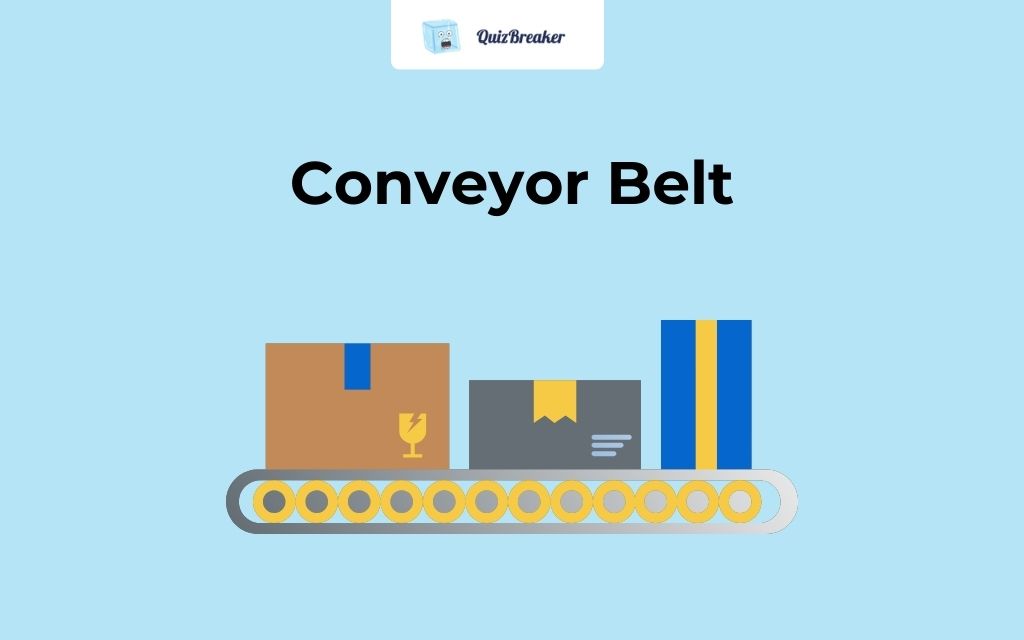
Objective: To focus on team bonding and communication, and to help everyone to get to know each other
Participants: 10 or more people
Duration: One minute for each participant, five to 10 minutes for explanations
Difficulty: Medium
Materials: Tape
This team building activity is perhaps one of our more complicated ones - but nonetheless, we still love it.
Sometimes, complicated things are good for our brains as they get us thinking outside the box and solving problems…
Instructions
-
Create two teams out of the whole group. Ask everyone to stand in two lines facing each other along with the tape.
-
Everyone should place their hands on the shoulders of the person across from them - this means that they are not partners.
-
Ask partners to introduce themselves to one another.
-
Read a series of questions. The person on the side line to the left of you will always answer the question first.
-
When you yell ‘switch’ the person to the right of the line will have a chance to answer.
-
It starts to get complicated because after three rounds, you will have the people on the left side as the question to the person to the right of their partner, but they are still connected to their partner.
-
See how long your team can do this without getting frustrated.
10. Forefathers
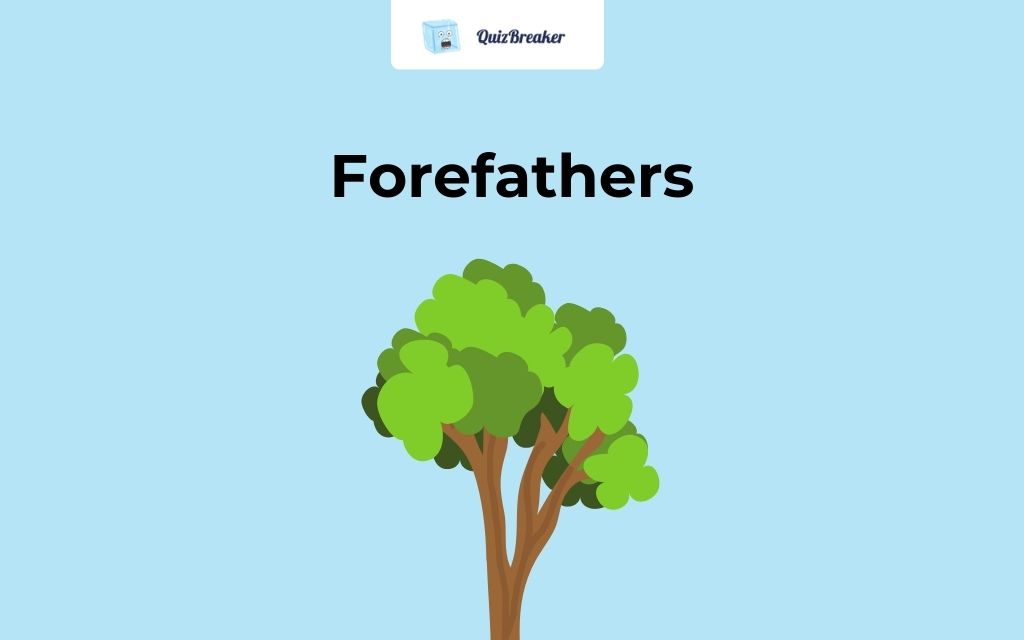
Objective: To promote diversity and acceptance
Participants: 4 or more people
Duration: 30 to 60 minutes
Difficulty: Hard
Materials: Paper, pens and coloured markers
Finally, we love forefathers because it promotes diversity and creativity. Creativity is so important to promote in teams because recent research has found that individual creativity within a team improves the quality of team decision making processes.
This means that teams high in creativity are more effective and have a better team climate. So, be sure to use this ice breaker to enhance creativity in your team!
Instructions
-
Tell your team “you have just been notified that you inherited some land near Alaska. According to the maps, it does not belong to any country and, therefore, is a country unto itself”.
-
Get your team to create a country from scratch. This should include country name, constitution, language, monetary system, government system, voting, culture, religion, military and national animal/flag.
-
Get all teams to present their country and explain how and why they all agreed on this.
-
Perhaps, offer a prize to the team who created the best country (although, this is subjective and hard to measure!).
11. Chest of Hopes and Dreams

Objective: Creative problem solving and team bonding
Participants: 5 to 15 people
Duration: 30 to 60 minutes
Difficulty: Easy
Materials: A hat (or a bowl/box), pen and paper for participants
This activity is one of our favourites because it helps people figure out how they can reach their hopes and dreams in a safe and anonymous environment.
This problem solving activity works well on both new teams and old teams - and we think, that however new or large the group size, the outcome is always positive and promotes trust within teams.
Instructions
-
Begin by asking everyone to write down on a sticky note or index card a goal that they want out of life, or something that they would like to achieve. Alternatively, you can challenge them to summarize their goal to one word.
-
Place it in a hat.
-
Once everyone has contributed a wish, pull out each piece of paper and read them out one person at a time.
-
Have everyone discuss how that person can achieve what they want out of life.
Other Indoor Games and Team Building Ideas
Looking for more ideas to get the entire group together for a fun activity? Here are some more indoor team building games for your company.
12. Two Truths and a Lie
Each participant states two true facts and one false statement about themselves. The rest of the team then guesses which statement is the lie. This game helps team members get to know each other better.
13. Charades Relay
Players are divided into teams, and each person has to act out a word without speaking while their team tries to guess. The word could be related to the company, a movie, a book, etc. The game helps in improving interpretative skills and fosters creativity.
14. Escape Room Challenge
Teams are put in a simulated 'locked' room, and they must solve a series of puzzles and riddles to escape within a set time. This promotes problem-solving, collaboration, and critical thinking. Here are some of the best online escape rooms for teams.
15. Blind Drawing
Description: Teams of two are formed. One person gets a picture and describes it to the other without revealing what it is. The second person tries to draw the image based on the description. This game emphasizes communication skills.
16. Jigsaw Puzzle Race
Each team is given an identical jigsaw puzzle. The goal is to see which team can complete their puzzle first. This is a test of coordination, teamwork, and visual skills.
17. Balloon Tower
Teams are provided with balloons and tape. Their challenge is to build the tallest and most stable tower using only these materials within a set time. This encourages creativity and collaborative problem-solving.
18. Human Bingo
Each participant gets a bingo card filled with different traits, experiences, or skills. They must find people in the room that match these descriptions to get a bingo. This game helps team members discover unknown facts about their colleagues.
19. Word Association Chain
Players sit in a circle. The first person says a word, and the next person says a word associated with it, and so on. If someone takes too long or says a word that doesn't fit, they're out. This tests quick thinking and vocabulary.
20. Role Reversal
Team members swap roles for a day or a few hours. For instance, a manager might take on the role of a junior employee and vice versa. This activity fosters empathy, understanding, and communication.
21. Murder Mystery
Participants play characters in a scripted murder mystery, working together to figure out "whodunit." This game is not only fun but also encourages critical thinking, collaboration, and role-playing. Check out this list of fun online murder mystery games you and your team can play.
Frequently Asked Questions
Can these activities be used in a school setting?
Yes! They are very kid-friendly and awesome games to incorporate into your classroom.
Do I need any supplies for these activities?
You might need a pen and paper, but most of these games are low-tech and are an easy set-up. We understand running a team building event can be stressful so we wanted to be sure to create a list of games that are simple yet engaging.
Conclusion
And there you have it. Those are our favourite indoor team-building activities. We hope you've liked our list!
Looking for other options for team building activities? Check out these blogs next:


